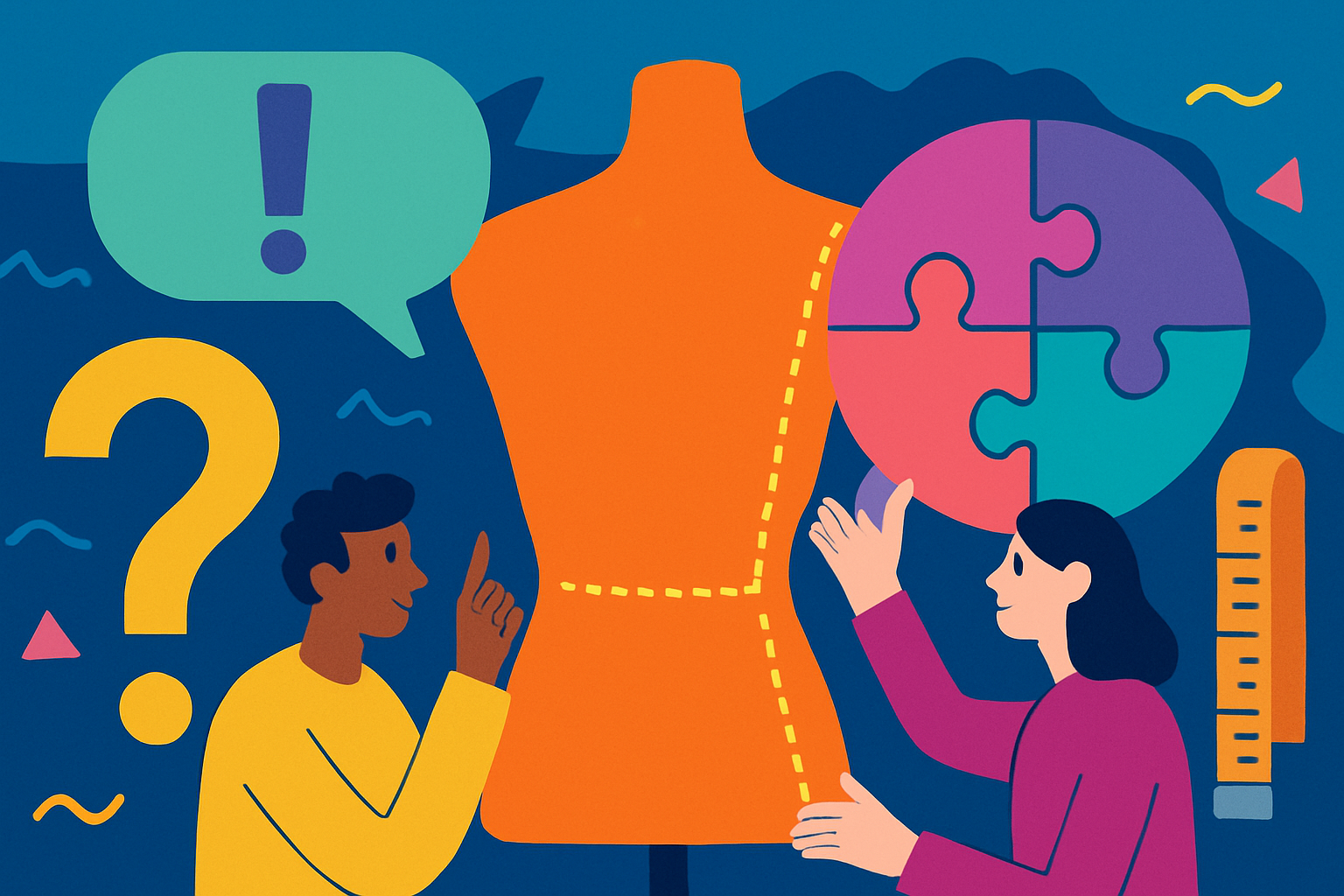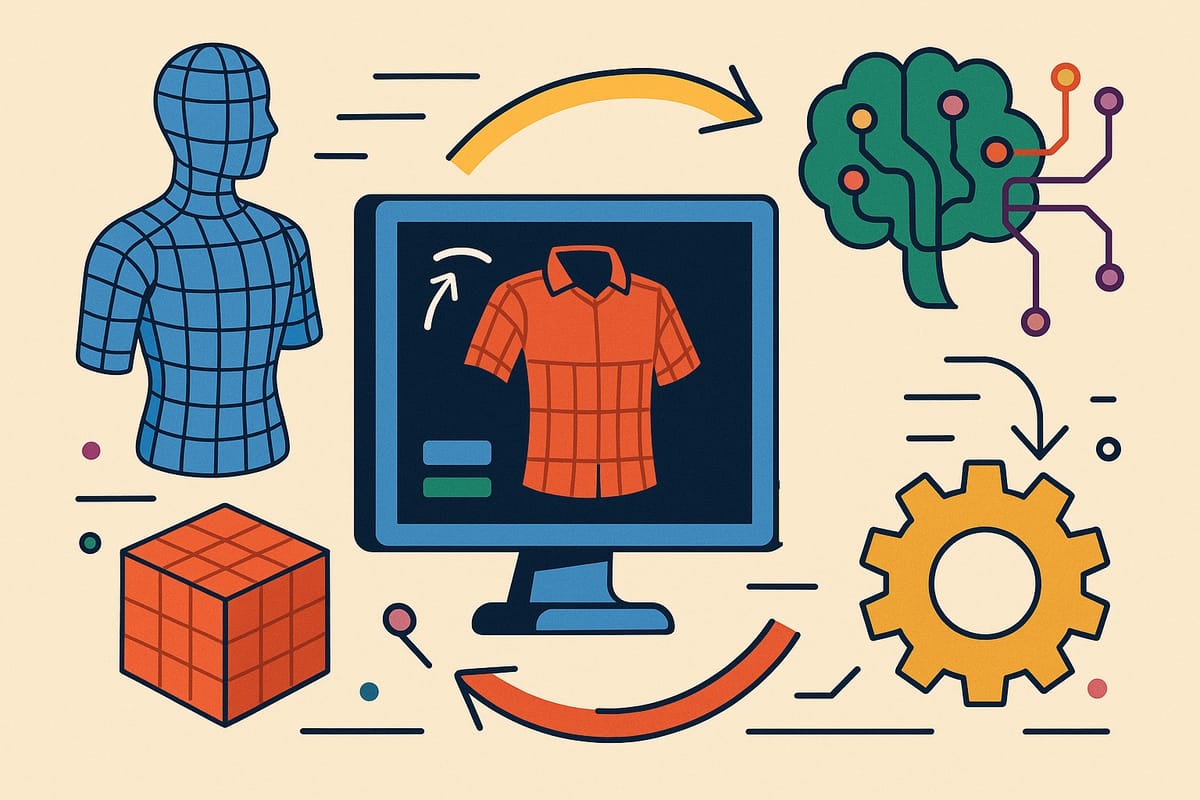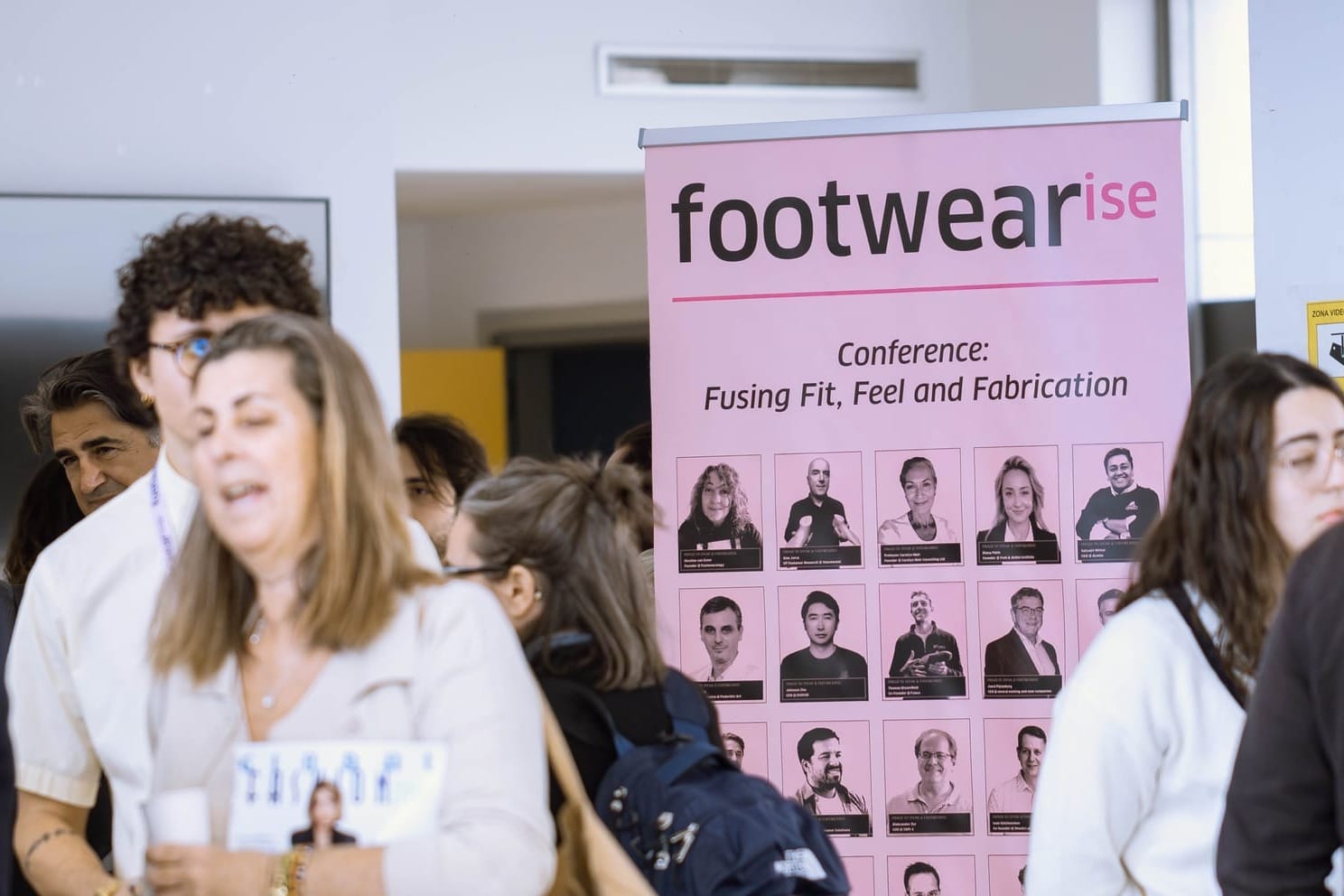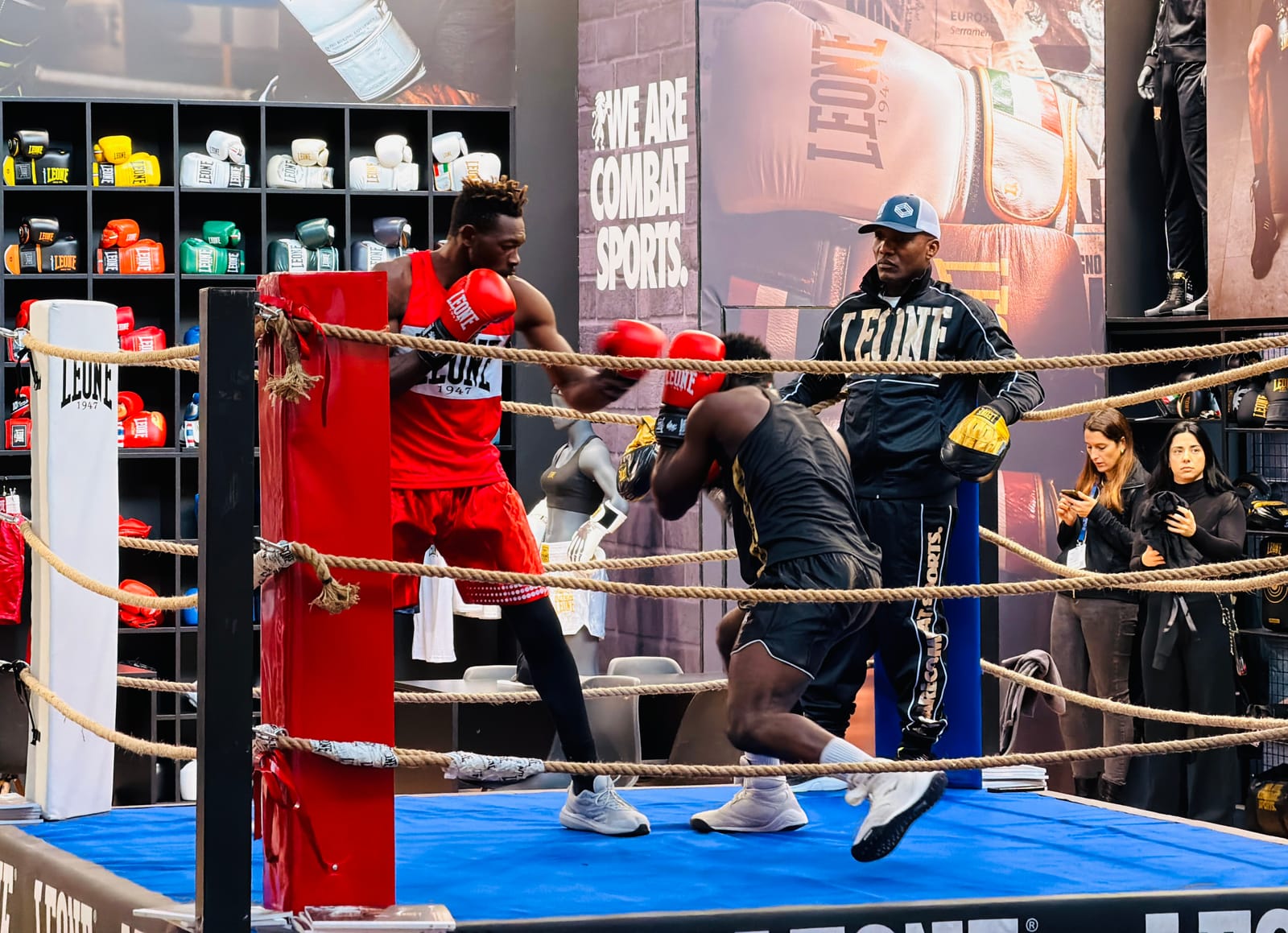Unpacking the 3DRC’s Digital Fit Agenda
The fashion industry has made big strides in digital adoption, but one sticking point continues to hold back confidence and scale: fit. No matter how slick the tools or how realistic the render, if a garment doesn’t fit as expected once it’s made, trust in digital workflows collapses.
That’s where the 3D Retail Coalition (3DRC) has stepped in. Formed to align brands, retailers, and technology providers on 3D standards and practices, the group has launched a dedicated Technical Fit Subcommittee – a collaborative initiative to tackle one of the toughest challenges in digital transformation.
“Fit is a very important element when it comes to a garment’s quality and value, as it’s directly related to the wearer’s perceived comfort and security,” explains Phillip Sidberry, Carter’s Inc., one of the subcommittee leads. “As technology evolves and we’re further able to assess fit in a digital space, it’s critical that we align on expectations, points of view, and standards.”
Why Fit, Why Now
Fit goes beyond aesthetics – it’s about comfort, confidence, and performance, all of which directly impact brand loyalty. As digital tools become central to design and development, ensuring that fit is accurately represented in virtual environments is no longer optional. Without it, adoption stalls.
The subcommittee isn’t about replacing company-specific standards. Instead, it’s about tackling shared challenges: identifying where technology works, where it falls short, and what principles the industry needs to rally around to unlock progress.
Taking the Pulse: Survey Findings
To ground the conversation, the group launched a survey targeting professionals across global brands. The results painted a picture of an industry in transition. Momentum is building: digital libraries, virtual samples, and remote collaboration are becoming more common, helping brands speed up development and reduce waste. On the other hand, trust remains shaky.
The survey surfaced some telling gaps:
- Physical sample reliance remains high: the so-called “touch crutch” – with most respondents still requiring at least two physical samples before sign-off.
- Fabric fidelity is lacking: poor correlation between digital fabric behavior and real-world drape remains the #1 limitation flagged.
- Collaboration between tools is fragmented: Product Data Management (PDM) systems and 3D design tools often fail to integrate, creating manual workarounds and siloed data.
- Avatar realism needs work: many flagged limited fidelity as a blocker to confidently replacing physical fit sessions.
“This is a collective endeavor to ensure quality and accuracy in the digital space so we all have an enhanced and efficient experience using the software,” says Phillip. “Our general experiences with the technology – its uses and updates – help us shape a unified voice for digital fit.”
The Role of AI
While today’s challenges are tangible, AI is beginning to offer glimpses of what’s possible in the near future:
- Pattern-to-Measurement (and vice versa): AI can instantly translate patterns into measurements (and back again), reducing drafting time and integrating seamlessly with PLM systems.
- Photo-to-Digital Garment: Early-stage tools can generate a draft 3D garment from a single reference image, giving developers a head start without manual measurement.
- Auto-Grading: Patterns can be automatically resized to match avatar adjustments, streamlining graded nests.
- Predictive Sizing: Machine learning models trained on body scan and return data could recommend optimal size ranges, cutting guesswork and overproduction.
- Fabric Behavior Modeling: Generative AI has the potential to simulate fabric drape and stretch more accurately, learning from physical wear trials.
As another subcommittee lead put it: “AI isn’t just about efficiency; it’s about equipping teams to make better cross-functional decisions earlier. Even if outputs aren’t production-ready, they help merchandisers, designers, and developers align faster on what’s viable.”
Vendor & Software Collaboration
One clear focus for the subcommittee is engaging software providers directly. Current platforms rely heavily on stress and tension maps to visualize fabric strain, but these gradients don’t provide predictive insight into real-world seam failure or tear points.
“We aim to collaborate with providers like CLO, Browzwear, Optitex, and others to push for more realism in fabric simulation,” says Phillip. “If we can move from red-blue color maps to predictive, physics-based modeling, trust in digital fit will rise dramatically.”
From Industry to Consumer Impact
Why does this matter beyond development teams? Because digital fit has downstream implications for the consumer experience.
As extended reality (XR) tools such as AR and VR gain traction, accurate digital fit will determine whether virtual try-ons are seen as gimmicks or game-changers. Better fit simulation means more reliable try-ons, fewer online returns, and ultimately a better consumer experience.
“Improved accuracy doesn’t just speed up development,” Phillip notes. “It also builds consumer trust – fewer returns, more confidence, and a reduced environmental footprint.”
Short-Term Goals
The long-term vision is a trusted, standardized framework for digital fit over the next 3–5 years. But the subcommittee also has immediate goals:
- Publishing a Best Practices Index: A living resource of workflows, techniques, and use cases updated quarterly.
- Creating an Index of Known Limitations: A candid, industry-wide acknowledgement of what 3D fit can and cannot do today.
- Education & Messaging: Building clear, cross-functional materials that demystify digital fit for stakeholders across design, merchandising, TD, and sourcing.
- Piloting Collaborations with Vendors: Partnering with providers to co-develop solutions for pain points raised by the community.
Looking Ahead
If the subcommittee succeeds, the next few years could see digital fit shift from an experimental add-on to a trusted cornerstone of product development. Teams could sign off virtually with minimal physical samples, vendors and brands would collaborate seamlessly, and consumers would receive garments that fit better, arrive faster, and generate less waste.
But progress depends on collective action. The subcommittee is calling on brands, vendors, and partners to share their experiences – the wins and the frustrations alike – so the industry can build shared knowledge and push technology forward.
“Digitizing the industry leads to more efficient communication, collaboration, and problem-solving,” Phillip emphasizes. “It also reduces time and waste, making transformation inherently sustainable.”
Get Involved
The Technical Fit Subcommittee is actively seeking input from professionals in technical design, 3D development, fit engineering, QA, production, and vendor partnerships. Whether through surveys, working groups, or open forums, there are multiple ways to contribute.
As one of the leads put it: “We are better together. Shared learnings help steer tech innovation and create more standardized tools and workflows for brands and vendors alike.”






